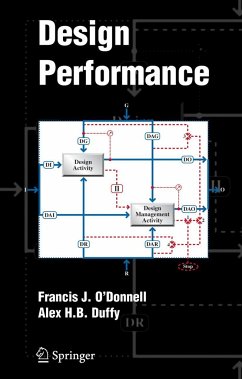3 4 5 6 7 8 9 1011 1 2 31 The continual effort to improve performance in business processes attracts 4 increasing attention in research and industry alike. The impact of design 5 development performance on the overall business positions this area as an 6 important performance improvement opportunity. However, design devel- 7 opment is characterised by novelty, uniqueness and non-repeatability, which 8 provides particular challenges in de?ning, measuring and managing its 9 performance to achieve improvement. 2011 This book explores the support provided by both general research in busi- 1 ness process performance and design research for supporting performance 2 improvement in design development. The nature of design development in industrial practice is further revealed, and requirements for its modelling and 3 analysis to achieve improvement are highlighted. 4 A methodology for the modelling and analysis of performance in design 5 development that encapsulates a formalism of performance and an approach 6 for its analysis is established. The formalism is composed of three models, 7 which capture the nature of design development performance and support its 8 2 measurement and management. The E model formalises and relates the key 9 3011 elements of performance, i. e. , ef?ciency and effectiveness. The Design Activity 1 Management (DAM) model distinguishes design and design management 2 activities in terms of the knowledge processed, while the Performance 3 Measurement and Management (PMM) model describes how these activities 4 relate within a process of measuring and managing performance.








